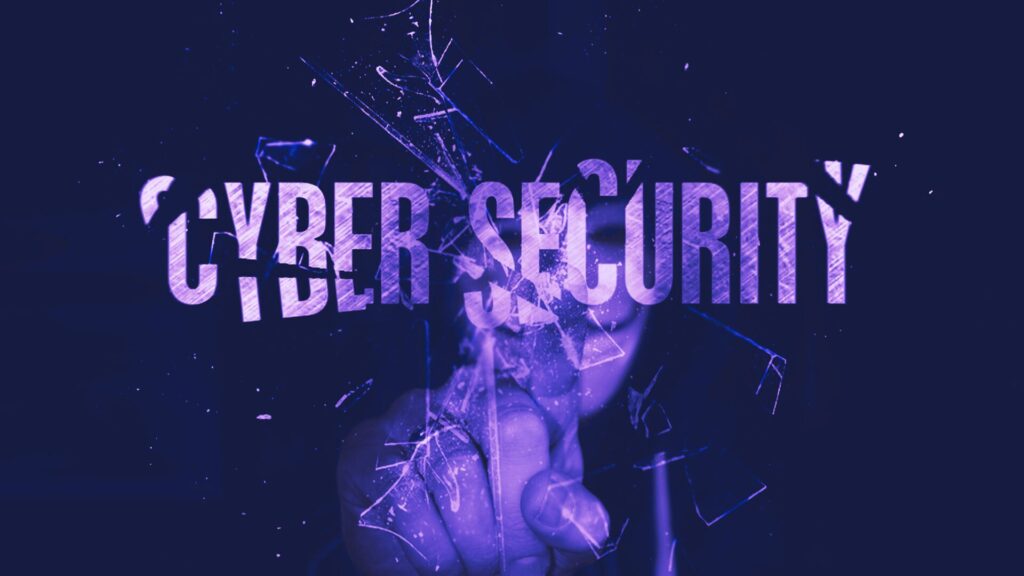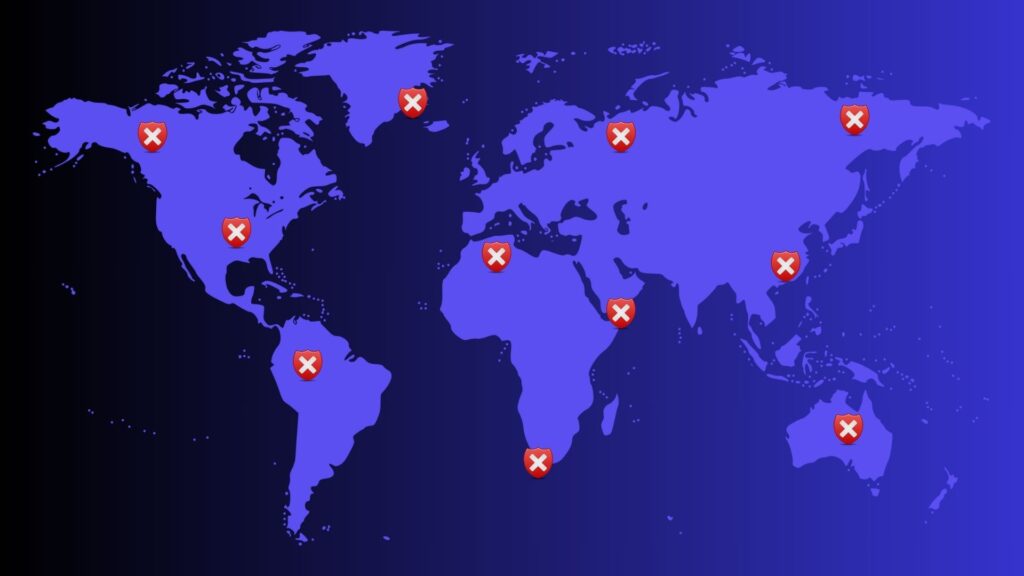Imagine waking up to find your entire online identity has been compromised. Your bank account drained, personal photos leaked, and identity stolen – all before your first cup of coffee. Sadly, this is the harsh reality of cyber threats that we face today. So, what can we do about it? The first thing you can do is to be aware of the different types of attacks, beginning with nine common cyberattacks being used today. Let’s get started.
9 common types of cyberattacks
1. Phishing, the usual suspect
Phishing is more than just another annoying email. It is a sophisticated psychological manipulation technique that is specifically crafted to be as convincing as possible. Even the most cyber-savvy individuals can fall for this technique.
These attacks often include a sense of urgency, spelling or grammatical errors, and links that don’t match the sender’s domain. Be wary if you receive an unsolicited email.
2. Ransomware, the digital hostage taker
Ransomware is a type of malware that encrypts your data and demands a ransom payment to release your files. These attacks are the highest it’s ever been and aren’t showing any signs of slowing down.
3. Man-in-the-Middle (MITM) attacks, the third wheel
Imagine having a conversation with someone secretly listening in and potentially changing the message to suit their needs. That’s what MITM is in a nutshell. These attacks often occur when using public Wi-Fi or compromised networks.
4. DoS and DDoS attacks, the digital traffic jam
Denial of service (DoS) or Distributed denial of service (DDoS) attacks are very similar to traffic jams, where one person intentionally holds up traffic and causing a ridiculous delay for all other drivers. DoS works in a similar fashion where hackers are intentionally flooding servers or systems with a large amount of traffic with the intention of stopping the services.
5. Social engineering, humans are still the weakest link
Unfortunately, hackers know that most people will try to be helpful, and therefore play on their empathy. They will try to use authoritative tactics for impersonation, and helpfulness to gain access to secure locations or systems, to name a few.
6. Password attacks, 123456 anyone?
We use passwords for so many systems and applications. Therefore, it is important to make sure that your password is strong and unique. Hackers use various methods to get your password. It is much easier for them to guess your password if you have based it on well-known information that can be obtained from your social media accounts. So, don’t create your passwords based on information that is available on social media.
7. Zero-day exploits, your time is up
These attacks are based on vulnerabilities that are not yet known to the vendor, making them extremely dangerous. Vendors often only become aware of the vulnerability once it has been exploited and before the developers have time to create and release a patch to fix the issue.
This is one of the reasons it is important to keep your software up to date, because the patches can include fixes for these types of attacks, thereby keeping you and your data safe.
8. IoT-based attacks, beware of the smart device
IoT, or Internet of Things, includes all devices that can be connected to the internet and communicate with other systems. Your “smart” devices, like your phone, are not only convenient, but also a potential entry point for attacks. Hackers look for vulnerabilities within smart devices based on outdated software, known weak credentials, etc. to steal your data and even invade your privacy (smart home cameras).
9. AI-powered attacks, the newcomer
AI is advancing at such a rapid pace that hackers are using AI to streamline and automate their processes as well. Hackers can use AI tools to simplify targeting victims and launching attacks to steal sensitive data.
Final thoughts on common cyberattacks
This is not an exhaustive list of all the types of attacks as there are many different types of cyberattacks out there. By knowing about the various attacks, you are already on your way to protecting your data and ahead of potential threats. Be secure!



